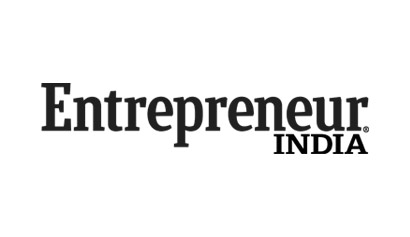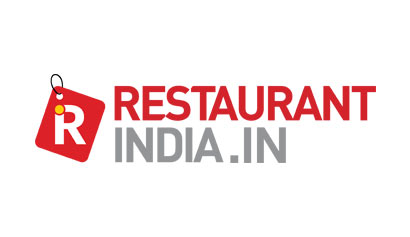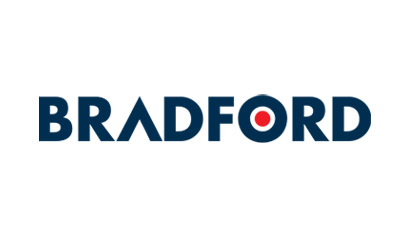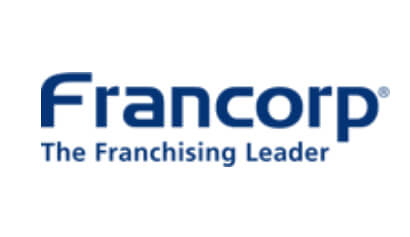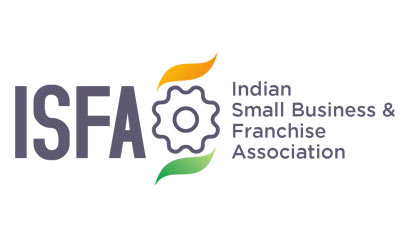To get access to over 10000+ Franchise Business Opportunities.
Network with the growing Business Community to get expert interventions to let you learn to Grow & Expand your Business with Franchising.
At a time when the advent of food delivery aggregators has changed the food consumption culture in India, quick service restaurants (QSRs) like KFC are finding new ways to forge better bonds with its customers. Stealth kitchens thrive on a delivery model that will not only make a restaurant more accessible, but also more efficient.

As technology takes over the billion dollar food and beverage industry in India, the new mantra of restaurateurs seems to be this: stay where your customers are and give what they need at whatever time they want. At a time when even traditional restaurants are resetting their clocks to cater to the hunger pangs of young customers, QSRs seemed to have changed the rules of the game – go where your customers are and not make them come to you. Consider this example: earlier this year, KFC India launched a stealth kitchen model in order to leverage the rapidly growing online food delivery model used by aggregators such as Swiggy and Zomato.
The boom of online food delivery aggregators in India, coupled with our stealth kitchen models, makes food ordering just a click away. It has become much easier for us to reach the customer, even at times when the customer isn’t within the proximity of our restaurants. According to Menon, the right locations for the stealth kitchen model will depend on multiple factors like locality, required asset type, food hubs in the vicinity, communities and households, real estate, etc. “Through the model of stealth kitchens that operate as delivery hubs, our core objective is to widen reach and move closer to the customers,” he says.
Change in Consumption Culture
Tracing how the food consumption culture in India has changed over the years, and how brands can leverage from this model, Samrat Reddy, Founder and Managing Director, Drunken Monkey, says, “With the advent of food delivery aggregators, the way people consume food has changed a lot in the last two years. The significant presence of an efficient and quick delivery model has developed a whole new market. It could be deliveries for home or office or parties – the need for food delivery has become a lifestyle choice.”
Analysing why QSRs can benefit from stealth kitchens, he says, “Since there is very little branding that goes into this model, brands don’t have to spend high rentals on prime locations, can capture customer catchment in the 4-5 km radius and since there are no dine-in costs, the revenues will be higher.” Further, Reddy maintains that trends in delivery models will continue to grow as the customer has identified the need for this model and demand will only increase over the years.
The Next Big Thing
Pre-order and offline orders are the next big trend to watch out in the QSR segment, predicts Paramveer Singh, Director, Burger Farm. “The food and beverage industry has an ever-changing market and every QSR has to change its strategy to keep pace with the dynamic environment, if it has to survive and sustain. What helps QSRs through stealth kitchens is the fact that dedicated delivery models are faster and far more efficient,” he says. Adding on more benefits, Singh observes, “Such models give an edge over traditional packaging and delivery units, help in reducing operational costs, streamline production processes and cut losses from wastage. It will play a key role in efficient functioning of the QSRs.”


Business Opportunities
Browse By Investment Range
Browse By States
Popular Cities
We value your privacy.
You can unsubscribe anytime




